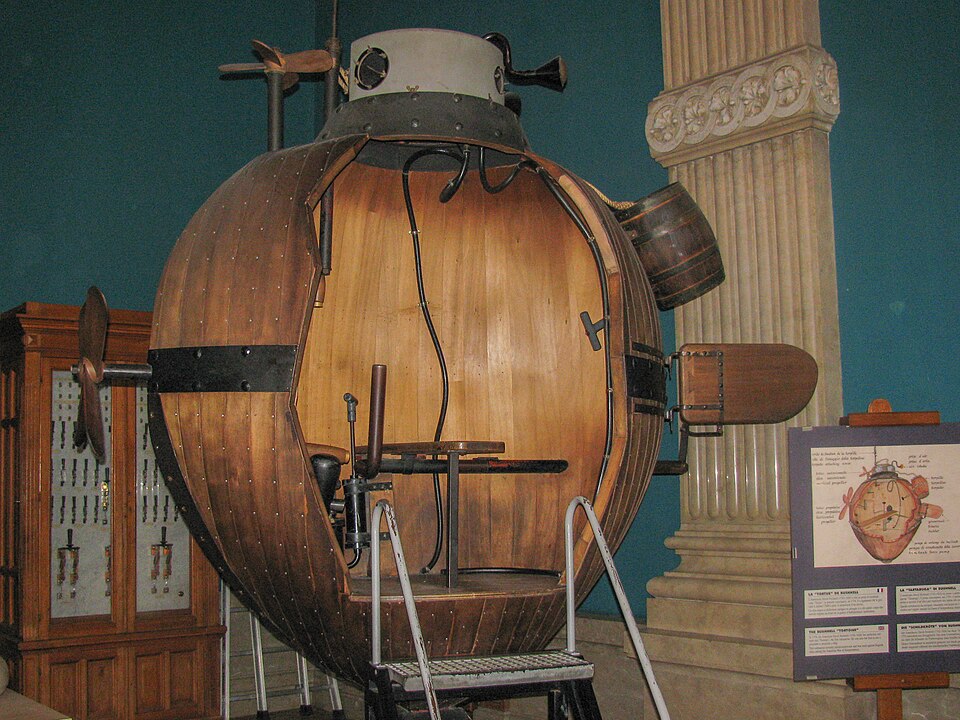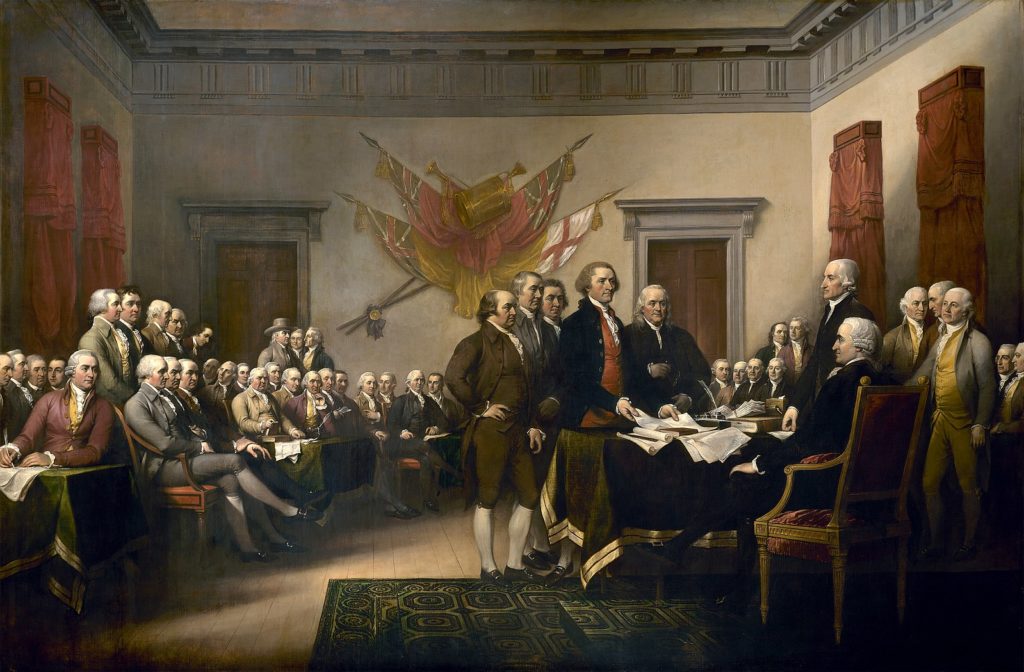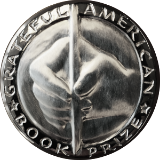September 1 — September 15, 2023
History Matters
Showing our children that their past is prelude to their future
Submarines were crucial to the success of America’s defense strategy during the two World Wars [1914-1918; 1939-1945,] but their maiden missions actually happened at the time of the American Revolution.
According to History.com, “[They] were first built by Dutch inventor Cornelius van Drebel in the early 17th century, but it was not until 150 years later that they were first used in naval combat. David Bushnell, an American inventor, began building underwater mines while a student at Yale University. Deciding that a submarine would be the best means of delivering his mines in warfare, he built an eight-foot-long wooden submersible that was christened the Turtle for its shape. Large enough to accommodate one operator…[it] was entirely hand powered. Lead ballast kept the craft balanced.”
The Grateful American Book Prize recommends The American Turtle Submarine, The Best-Kept Secret of the American Revolution by Arthur Lefkowitz.

Bushnell’s “Turtle”
In June 1776, Founding Father Richard Henry Lee of Virginia proposed a congressional resolution: “That in all continental commissions, and other instruments, where, heretofore, the words ‘United Colonies’ have been used, the stile be altered for the future to the United States.”
History.com reports that “By September, the Declaration of Independence had been drafted, signed, printed, and sent to Great Britain. What Congress had declared to be true on paper in July was clearly the case in practice, as Patriot blood was spilled against the British on the battlefields of Boston, Montreal, Quebec and New York. Congress had created a country from a cluster of colonies and the nation’s new name reflected that reality.”
The Grateful American Book Prize endorses The Epic Story of 1776: 25 People, 13 Colonies and 1 War by Jenny L. Cote and Libby Carty McNamee.

John Trumbull’s painting, Declaration of Independence, depicting the five-man drafting committee of the Declaration of Independence presenting their work to the Congress.
As country-wide know-how ascended in the 19th century, postal service fell behind; to bolster it; the Overland Mail Company was rolled out on September 15, 1858, with an investment of $1 million– [$37,279,390 in 2023’s currency].
History.com says that funds were required to make a “winding 2,800-mile route and [to build] way stations at 10–15-mile intervals. Teams of thundering horses soon raced across the wide-open spaces of the West, pulling custom-built Concord coaches with seats for nine passengers and a rear boot for the mail.”
Known also as the Butterfield Overland Mail Company it “operated from 1858 to 1861 under contract with the U.S. Postal Department, providing transportation of U.S. mail between St. Louis, Mo. and San Francisco, Calif. The route proposed by the Butterfield Mail Co. became known as the ‘Oxbow Route’ because of its shape on a map, starting in St. Louis and then dipping southwesterly through Missouri, western Arkansas, and the Indian Territory, turning west across Texas and southern New Mexico and Arizona, and then curving north again in California to finish at San Francisco,” according to the company’s website.
The Grateful American Book Prize recommends The Butterfield Overland Mail: Only Through Passenger on the First Westbound Stage by Waterman L. Ormsby.

“The Overland Mail Coach,” illustration
History Matters is a biweekly feature courtesy of The Grateful American Book Prize.




